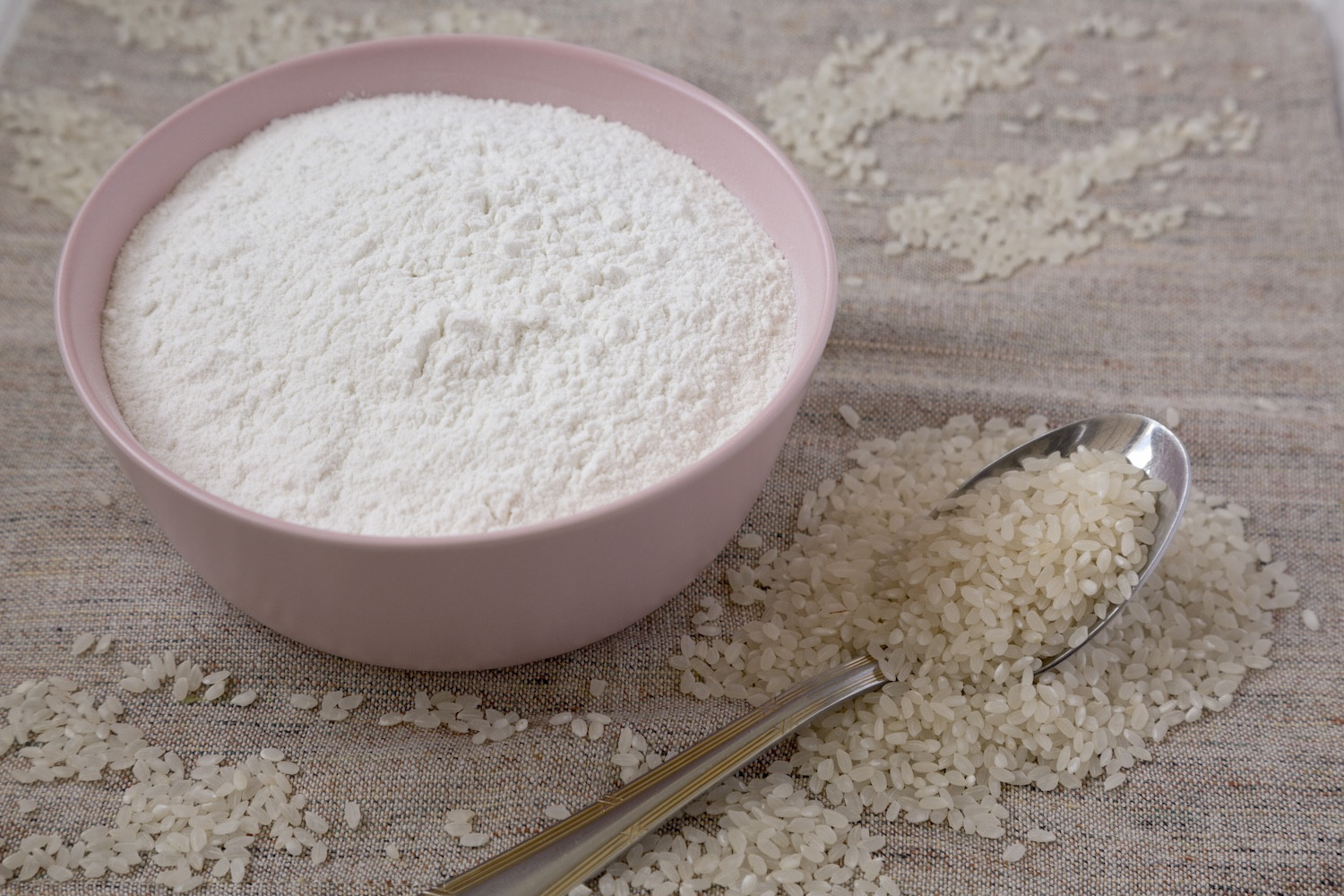

Published on May 09th, 2025

In the world of gluten-free flours, rice flour stands out as one of the most accessible and versatile options. Whether you're baking, thickening sauces, or creating light, crispy batters, rice flour can be a reliable choice. But when it comes down to choosing between white rice flour and brown rice flour, which one truly fits best into a healthy diet?
Let’s explore the differences and benefits of both to help you make the right decision for your lifestyle.
At a glance, white and brown rice flour might seem interchangeable, but they’re actually quite distinct in how they’re made and what they offer.
White rice flour is milled from polished white rice. The outer husk, bran, and germ are removed, leaving behind the starchy endosperm.
Brown rice flour, on the other hand, is made by grinding whole grain brown rice. It retains the bran and germ, making it a more “whole” option.
This fundamental difference affects not just the nutritional value, but also the taste, texture, and shelf life of each flour.
If you're focused on nutrients, brown rice flour pulls ahead.
Fiber: Brown rice flour contains significantly more fiber than white rice flour. This is thanks to the retained bran layer, which aids digestion and helps you feel full longer.
Vitamins and Minerals: Brown rice flour offers more B vitamins, iron, and magnesium compared to its white counterpart.
Glycemic Index: White rice flour has a higher glycemic index, which means it can cause a quicker spike in blood sugar levels. Brown rice flour, with its added fiber and nutrients, leads to a slower, steadier rise.
However, white rice flour isn’t without its merits. Because it’s more refined, it’s easier to digest for people with very sensitive stomachs or certain digestive conditions. It also provides a neutral taste that blends well into recipes without overpowering other ingredients.
Brown rice flour has a slightly nutty, earthy flavor and a coarser texture. This makes it a great addition to rustic baked goods, hearty pancakes, and breads where you want more flavor depth.
White rice flour is lighter and smoother, perfect for creating delicate pastries or crispy fried coatings. It also tends to create a fluffier texture in baked goods, which is especially helpful in gluten-free recipes that rely on precise balances to avoid being too dense.
For best results, many bakers use a mix of gluten-free flours to mimic the elasticity and structure that gluten provides. Both white and brown rice flours are common staples in these blends.
If you're aiming for a crisp finish on fried foods, white rice flour works beautifully. But if you want to add a bit of wholesomeness to your baked goods, brown rice flour can give you that extra nutritional boost.
The truth is, the “better” choice depends on your personal goals and preferences.
Choose white rice flour if you need something light, neutral, and easy on the stomach. It’s also more shelf-stable, making it a pantry-friendly staple.
Go with brown rice flour if you’re seeking more nutrients and fiber, or if you want to feel fuller and more energized after your meal.
Both white and brown rice flours have a place in a balanced diet. You don’t necessarily have to choose one over the other. Try keeping both on hand and using them based on what your recipe and your body are asking for. Cooking and eating should be a joyful experience, one where taste and nourishment can go hand in hand.
So go ahead, experiment, and let your flour choices work with you on your wellness journey.
BackBe the first to know about new products, events and offers.